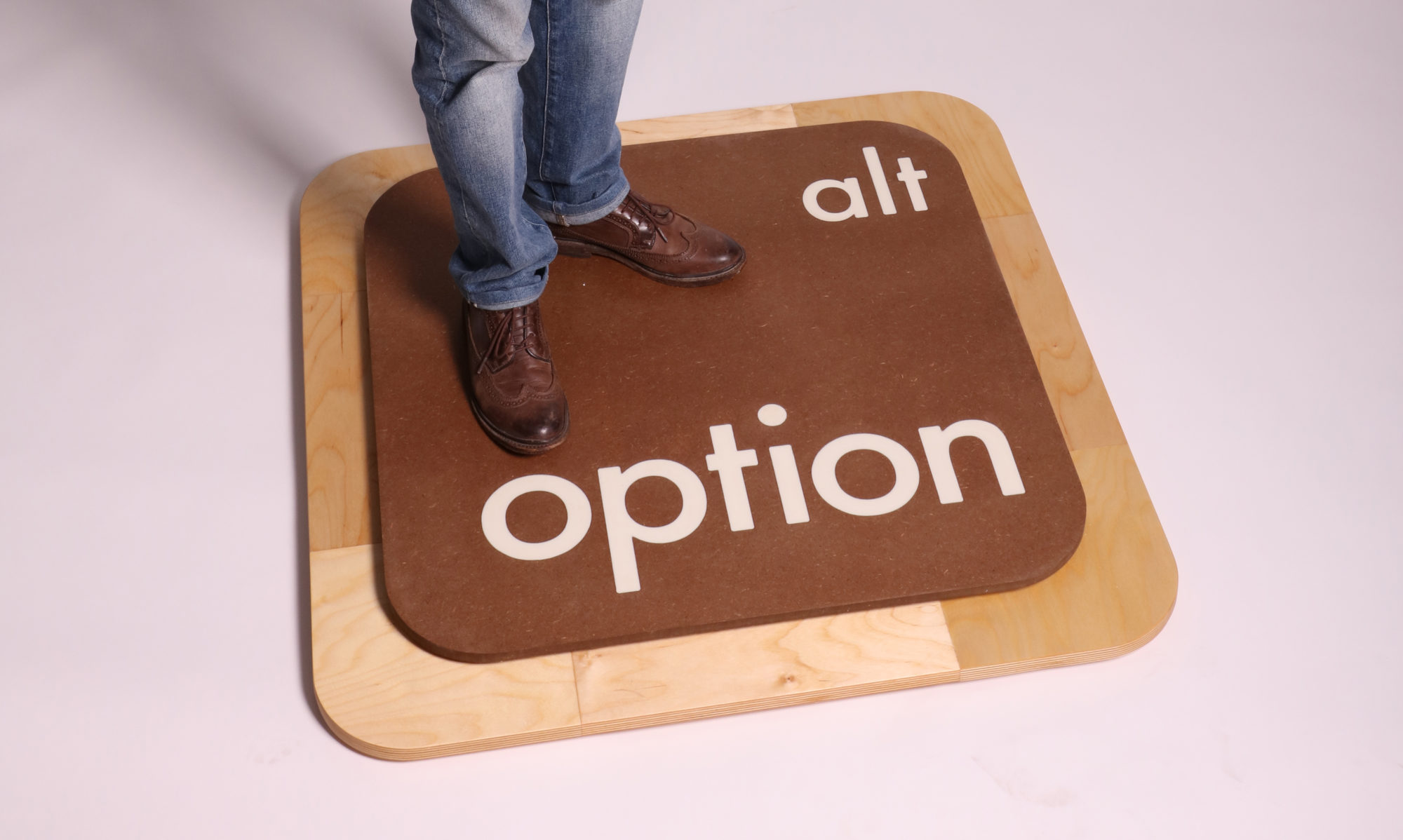Madison Hurst
Was it fun? – I thought the game was very fun because I enjoyed the tactics of the game. It made me think steps ahead and how my opponent’s moves could help me. For instance, I thought it was fun when I was able to complete an action or be extremely close to winning the game.
What were the player interactions?- The player interactions were competitive because we couldn’t see each other’s cards. We were trying to get the panda to eat the bamboo that the other player just placed to prevent them from getting ahead. Some of the interactions were beneficial because players were able to add bamboo to their tiles that weren’t watered if another player added a water tile or water stick. The majority of the game was competitive, but at times it was collaborative without the players realizing.
How long did it take to learn?- At first, it was super tricky to learn because the directions were lengthy, but we watched a five minute overview of the game on YouTube, and I fully understood the game after that.
What was the most frustrating moment or aspect of what you just played?- The most frustrating moment of the game was not being able to move the panda where you wanted, and making it go only forward, not diagonally. I struggled to succeed with the panda action card since at points of the game it was across the entire board.
What was your favorite moment or aspect of what you just played?- My favorite moment was being able to see how the plan I made three to four turns back worked out in my favor. For instance, I planned to use the gardener for the green bamboo, which would garden any tile adjacent to it. This helped me get my 6th card, and I knew that if I grabbed the two tile action cards, then the next round I would be able to use them to win.
Was there anything you wanted to do that you couldn’t?- Something I wanted to do but couldn’t was being able to add more bamboo on top of a tile. At times, it felt difficult to add, but I may have been missing something or didn’t fully grasp that instruction.
If you had a magic wand to wave, and you could change, add, or remove anything
From the experience, what would it be?- If I could count an action card being successful, I would. I thought it was a freebie when you completed an action, but when you placed it down in your pile, it didn’t count a 1 of the action turns.
Is this a game you would play again? Yes, because I thought the game was pretty light and fun. It still had a competitive aspect to it, but I really enjoyed the designs and the uniqueness of the game. I think it challenged me to think about my turns and future turns, but didn’t confuse me or make “my brain” hurt.
Analyze the game using the 3 act structure.- In Act 1 this is when players are reading instructions and understanding what the game’s purpose is. Tiles are starting to be placed, and we are figuring out different ways to win. In Act 2, everyone now understands the game, and this is when I was completing actions and gathering points. I was now being more strategic with my moves and what I wanted to turn in the future turns. I started to bet on what other players were doing and working off of them. This is when everyone’s wheels were spinning and figuring out how to get a leg up. In act 3, the game slowed down a bit, and I was close to winning. I started to think how I can ensure other opponents don’t get even with me when regarding completed action cards. In this act, it was the final moves to secure the win.
What are the collaborative and or competitive aspects of the game? – The majority of this game was competitive, while having some aspects of collaborative play without us knowing so. The competitive side was when players were using the panda to eat our tiles, bamboo, or using the dice to possibly get a leg up. The collaborative side was when a player would add a tile to the board, which set you up for your next turn. This happened a lot when Meredith would play a tile that would help accomplish a task.
What is the game’s metaphor, and which of the game’s mechanics stand out? – The theme of this game was between nature (the panda) and the gardener/players growing bamboo. The game was all about agriculture and watering systems while completing tasks to win. Some of the game mechanics were tile laying, getting action cards done, weather dice, and preventing the panda from eating your bamboo crops. The tile laying allowed you to grow various bamboo types, which helps you successfully complete the task. The weather dice mechanic can give an extra turn or make your life easier for that round. Lastly, the panda mechanics made it difficult to grow bamboo and forced you to still be aware of your crops throughout the game.
